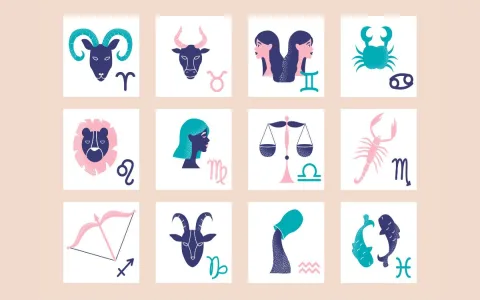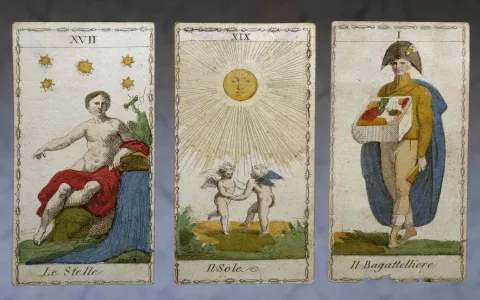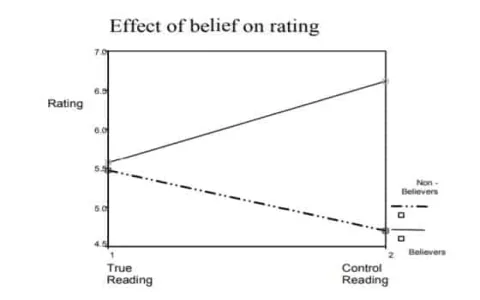Why I Started Digging Into Birth Tarot Cards
I’ve always struggled with this idea of being a “natural leader.” I mean, I manage a small team, but sometimes I feel like I’m just faking it until payday. I spend half my time wondering if I’m bossy or if I’m too soft. Are these skills you learn, or are some people just born knowing how to command a room?
This whole thing started last month when the company tried to push me into a big training session about “Innate Leadership Qualities.” I showed up, sat there for three hours, and walked out feeling like I’d wasted my time listening to buzzwords. It was all theory, no grounding. I thought, if this is all BS, what actually grounds personality traits? I dismissed the corporate garbage and decided to find something real, something that actually maps out who you are beneath the layers of performance anxiety.
I started pulling on old threads I used to study back in college—stuff I put down when I got a “real job.” Numerology, astrology, and yeah, Tarot. I figured if nothing else, the archetypes give you a solid framework to analyze yourself. I wasn’t looking for fortune telling; I was looking for a personality profile built on ancient ideas. And that’s how I landed on the Birth Tarot Card system.
The Simple Math I Used To Figure It Out
I quickly grabbed my old notes and recalled the process. It’s hilariously simple, which is maybe why I trust it more than a hundred-question corporate questionnaire. You just take your full birth date and reduce it down until you get a number between 1 and 22 (the Major Arcana).
For example, if you were born on December 29, 1985 (12/29/1985), you add up all those digits: 1+2+2+9+1+9+8+5 = 37. Since 37 is over 22, you add up those new digits: 3+7 = 10. My core card is 10, The Wheel of Fortune. If the first reduction gives you a single digit, that’s your card. If it gives you a double digit under 22, that’s your card. It’s straightforward, which allowed me to quickly map out everyone on my team and my family, too. Don’t worry, I kept the results to myself, but seeing the patterns was instantly helpful.
Deconstructing The 4 Key Traits: Where Leadership Hides
What I discovered is that when people talk about “birth cards,” they often focus on two cards—the main one and the secondary one—but for this exercise, I zeroed in on four main types of inherent strength that constantly popped up in my research, regardless of the exact number. These are the four traits that determine how you naturally lead:
- The Visionary/Initiator (Archetypes like The Magician or The Fool): People with these cards don’t wait. They start things. They dream big and push the first domino. Their weakness is they sometimes forget to finish what they began. They lead by inspiration.
- The Builder/Nurturer (Archetypes like The Empress or The Lovers): These leaders create structure and stability. They care about the process and the people involved. They make sure everyone is comfortable and supported. They lead by example and compassion, always ensuring the team environment is strong.
- The Authority/Structure (Archetypes like The Emperor or Justice): These are the people who organize the chaos. They demand respect because they know the rules and they implement systems that work. They cut through the fluff. They lead by defined hierarchy and clear instructions.
- The Inner Guide/Seeker (Archetypes like The Hierophant or The Hermit): This group leads through knowledge and moral clarity. They reflect deeply and dispense wisdom. They aren’t usually front-of-house, but they are the rock, the person everyone consults before making a major move. They lead by quiet influence and expertise.
My Own Revelation and Why I Finally Stopped Stressing
I mapped my Birth Card, The Wheel of Fortune (10), and its secondary card, The Magician (1). The Magician is a pure Initiator/Visionary. The Wheel of Fortune is all about cyclical change, luck, and destiny—a constant ebb and flow.
For years, I tried to be The Emperor (Authority/Structure). I forced myself to be stern, to implement strict rules, and to basically scare people into compliance. It never worked. I always felt like a phony. This realization came to a head when I had to deliver bad news to a supplier last month.
I prepared a tough, formal email, just like my old boss would have. But before I hit send, I looked at my notes on The Magician. The Magician doesn’t use brute force; he uses resources, communication, and strategy. I trashed the formal email, picked up the phone, and explained the situation honestly, focusing on finding a creative, new solution for both of us.
The supplier was relieved. The whole conflict dissipated because I chose to lead by initiating a new path, not by imposing an old structure. I recognized that my natural strength wasn’t control; it was adaptability and starting fresh ideas. Trying to mimic a trait that isn’t naturally mine was why I always felt incompetent.
What I learned from this practice is huge: leadership isn’t one flavor. You don’t need to be the barking Emperor to be effective. You just need to understand which one of those four innate strengths you primarily operate from, and then you lean into it hard. I finally stopped worrying about whether I was a “naturally strong leader” and started figuring out what kind of strong leader I already am. It was staring me in the face the whole time, hidden in a few simple numbers.






